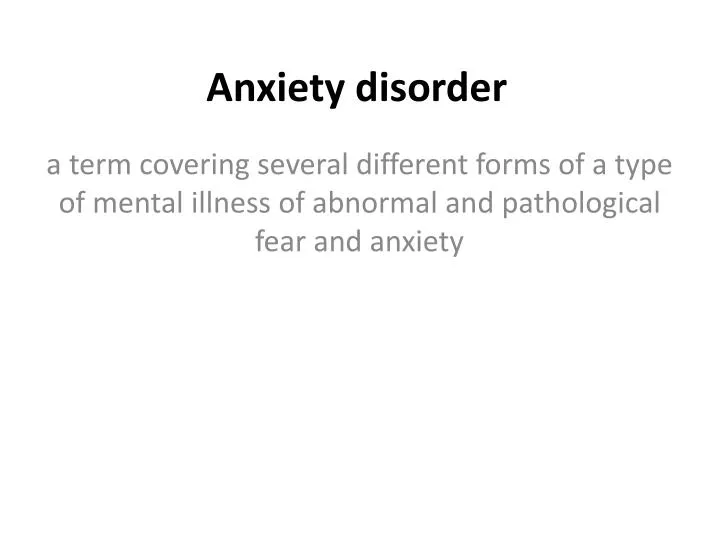
Revealing the key role of contextual amnesia in PTSD-like memory, this procedure opens a therapeutic perspective based on trauma contextualization and the underlying hippocampal mechanisms.Ībstract: Obesity is a chronic condition associated with adverse memory and emotional outcomes in humans and animal models. Finally, once PTSD-like memory has been formed, the re-contextualization of traumatic memory by its reactivation in the original traumatic context normalizes this pathological fear memory.

Moreover, the hippocampus-dependent contextualization of traumatic memory, by optogenetic activation of dCA1 in traumatic condition, prevents PTSD-like hypermnesia formation. Having developed the first animal model that precisely recapitulates the two memory components of PTSD in mice (emotional hypermnesia and contextual amnesia), we recently demonstrated that contextual amnesia, induced by optogenetic inhibition of the hippocampus (dorsal CA1), is a causal cognitive process of PTSD-like hypermnesia formation. However, most current animal models of PTSD-related memory focus exclusively on the emotional hypermnesia, i.e., the persistence of a strong fear memory, and do not distinguish normal (adaptive) from pathological (PTSD-like) fear memory, leaving unexplored the hypothetical critical role of contextual amnesia in PTSD-related memory formation, and thus challenging the development of innovative treatments.

Interestingly, some clinical studies have suggested that contextual amnesia would causally contribute to the PTSD-related hypermnesia insofar as decontextualized, traumatic memory is prone to be reactivated in contexts that can be very different from the original traumatic context. Altogether, these data highlight the central role of microglial C3 in early hippocampal neurodegeneration and memory impairment in EAE and, therefore, pave the way toward new neuroprotective strategies in MS to prevent cognitive deficit using complement inhibitors.Ībstract: One of the cardinal features of post-traumatic stress disorder (PTSD) is a paradoxical memory alteration including both emotional hypermnesia for salient trauma-related cues and amnesia for the surrounding traumatic context. In line, when EAE was induced in C3 deficient mice (C3KO), dendrites and spines of the dentate gyrus as well as memory abilities were preserved. Pharmacological inhibition of C3 activity, by daily administration of rosmarinic acid, was sufficient to prevent early dendritic loss, microglia-mediated phagocytosis of synapses in the dentate gyrus, and memory impairment in EAE mice, while morphological markers of microglial activation were still observed. The combination of in situ hybridization with immunofluorescence showed that C3 transcripts were essentially produced by activated microglia.


Compared to sham immunized mice, the central element of the complement cascade, C3, showed the strongest and 10-fold upregulation, while there was no increase of downstream factors such as the terminal component C5. In early-stage experimental autoimmune encephalomyelitis (EAE) female mice, we assessed the expression level of molecules involved in microglia-neuron interactions within the dentate gyrus and found overexpression of genes of the complement pathway. Hippocampal synaptic dysfunction and dendritic loss, associated with microglial activation, can underlie memory deficits, yet the molecular mechanisms driving such hippocampal neurodegeneration need to be elucidated. Abstract: Memory impairment is one of the disabling manifestations of multiple sclerosis (MS) possibly present from the early stages of the disease and for which there is no specific treatment.


 0 kommentar(er)
0 kommentar(er)
